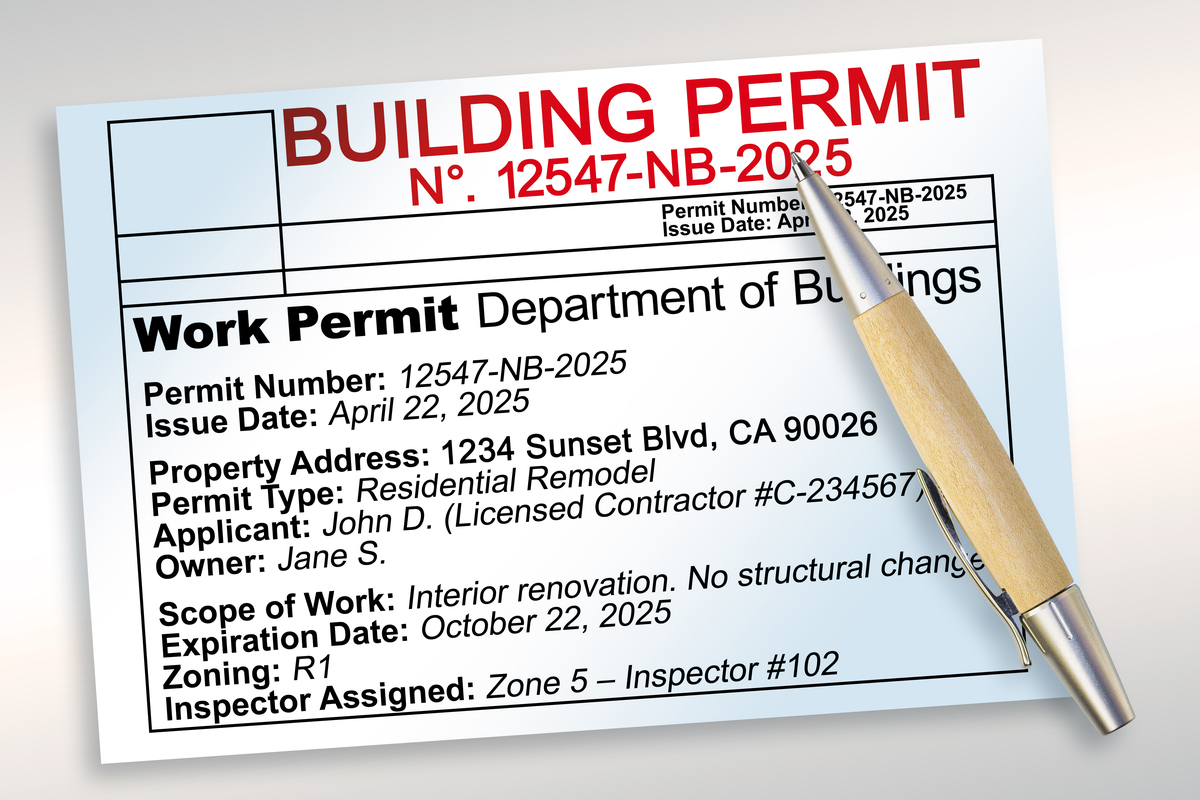What process do an insurance underwriter follow when reviewing a new application
When reviewing a new insurance application, an insurance underwriter typically follows a specific process to assess the risk and determine whether to approve or deny coverage. The process may vary slightly depending on the type of insurance (life, health, property, etc.) and the specific company's guidelines, but the general steps involved are as follows:
-
Initial review: The underwriter examines the application for completeness and accuracy. They verify that all necessary information is provided, including personal details, coverage requested, medical history (if applicable), and any other relevant data.
-
Risk assessment: The underwriter evaluates the risk associated with insuring the applicant. This involves analyzing various factors such as age, gender, occupation, lifestyle, health condition, medical history, driving record (for auto insurance), and claims history (if applicable).
-
Underwriting guidelines: The underwriter refers to the company's underwriting guidelines, which outline specific criteria for accepting or rejecting applications. These guidelines are designed to manage risk and maintain profitability.
-
Additional information: If the underwriter requires more information to properly assess the risk, they may request additional documents or reports. This can include medical records, financial statements, driving records, or any other relevant data.
-
Risk classification: Based on the gathered information, the underwriter classifies the applicant into a risk category. This classification determines the premium rate and terms of coverage. Applicants deemed low-risk are more likely to receive favorable rates and broader coverage.
-
Pricing: The underwriter determines the appropriate premium rate for the coverage based on the risk classification, company guidelines, and market conditions. The premium should be sufficient to cover potential claims and expenses while remaining competitive.
-
Decision-making: Using all the gathered information, the underwriter makes a decision whether to approve or deny coverage. If approved, they may provide a conditional offer or suggest changes to the policy terms. If denied, they communicate the reasons to the applicant.
-
Documentation: The underwriter prepares the necessary documentation, including policy contracts, endorsements, and any other relevant paperwork. They ensure that all terms and conditions are accurately recorded.
-
Communication: The underwriter communicates the decision to the applicant or their authorized representative. In case of approval, the underwriter explains the coverage details, policy terms, and premium payment instructions.
-
Ongoing monitoring: After the policy has been issued, the underwriter may periodically review the insured's risk profile, claims history, or other relevant factors. They may adjust the premium or terms during policy renewals based on changes in the risk profile.
It's important to note that this process may vary between insurance companies and different types of insurance products. The underwriting process is crucial for insurance companies to assess risk accurately, maintain profitability, and ensure fair pricing for policyholders

原文地址: https://www.cveoy.top/t/topic/ifbr 著作权归作者所有。请勿转载和采集!